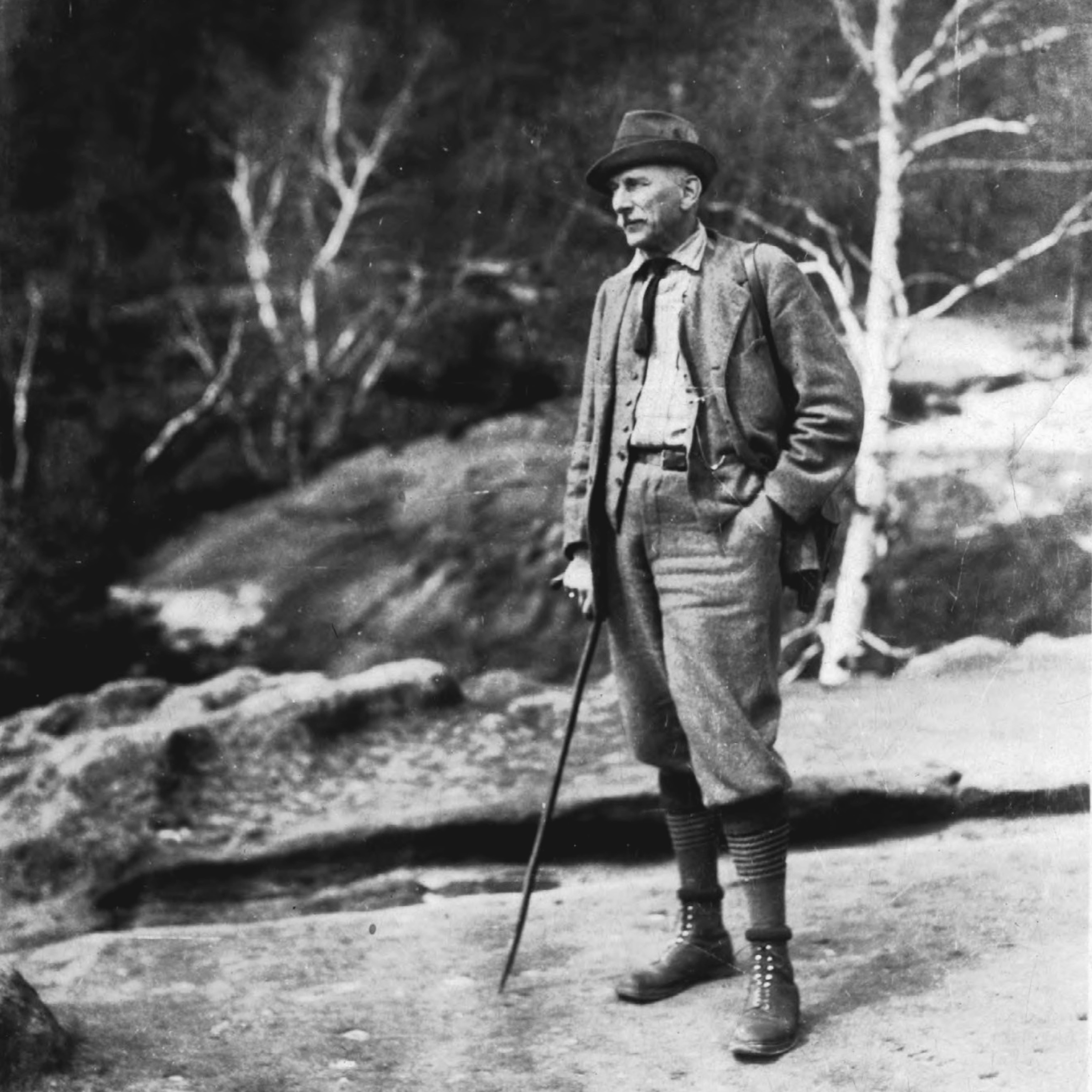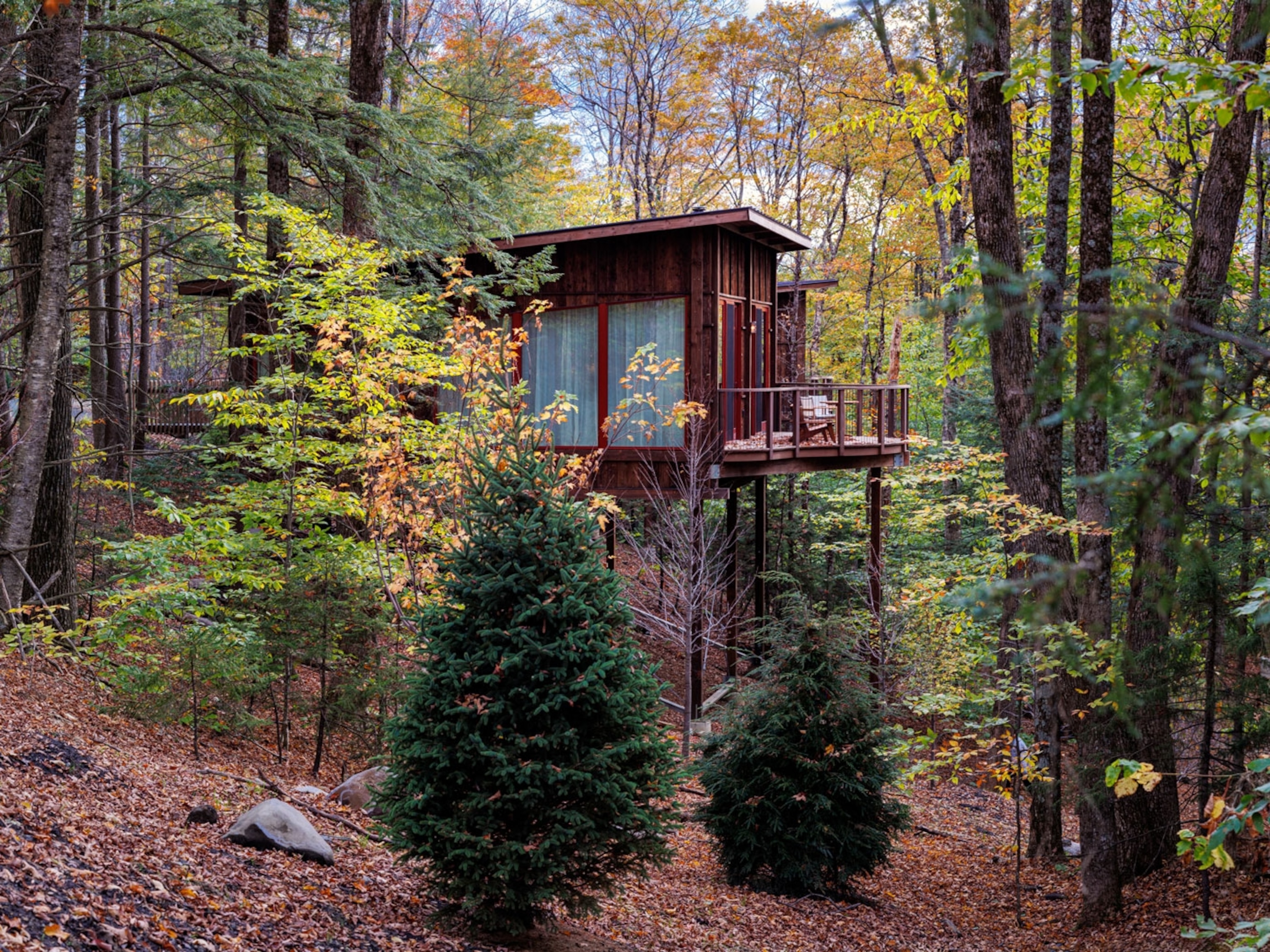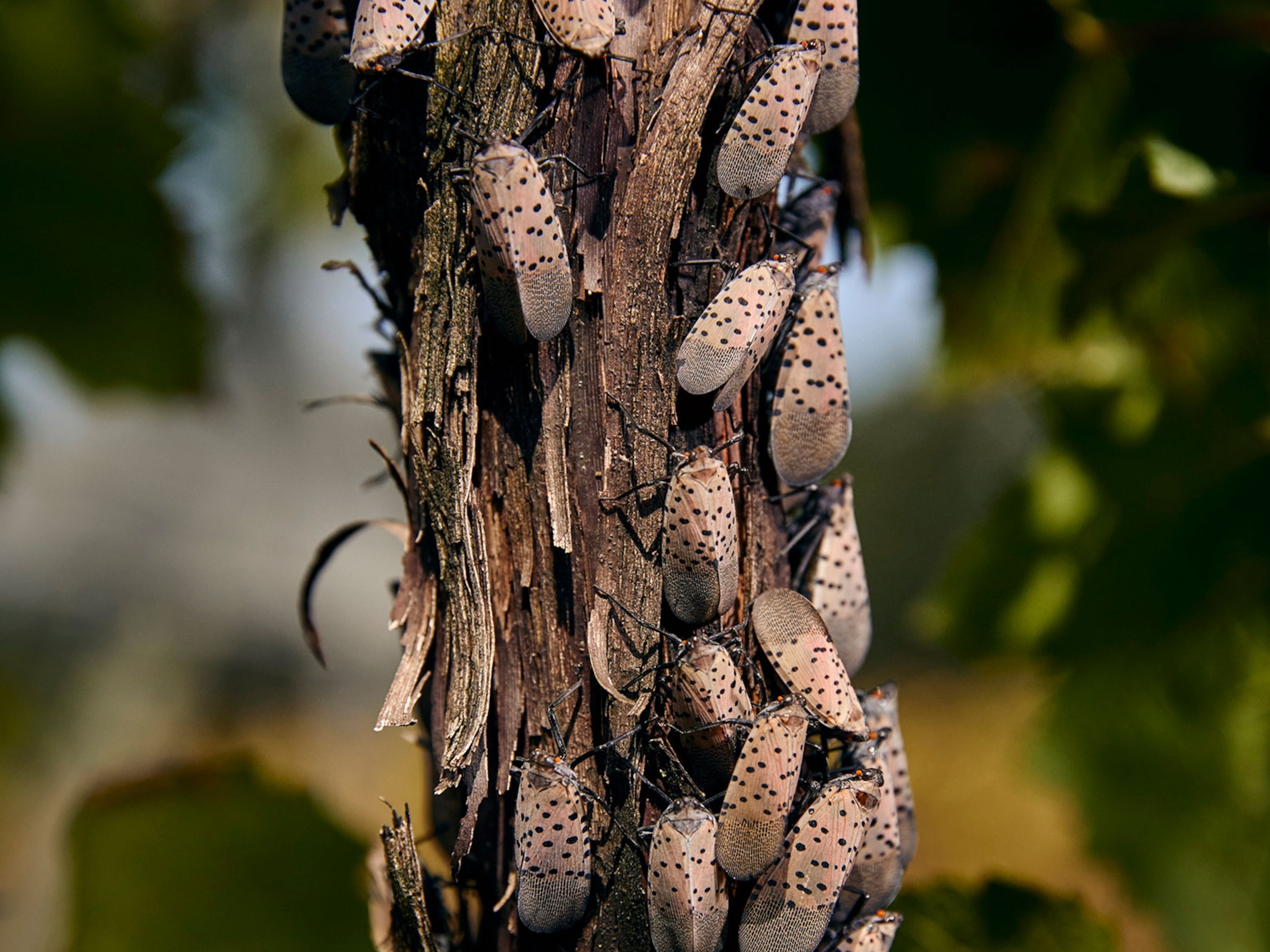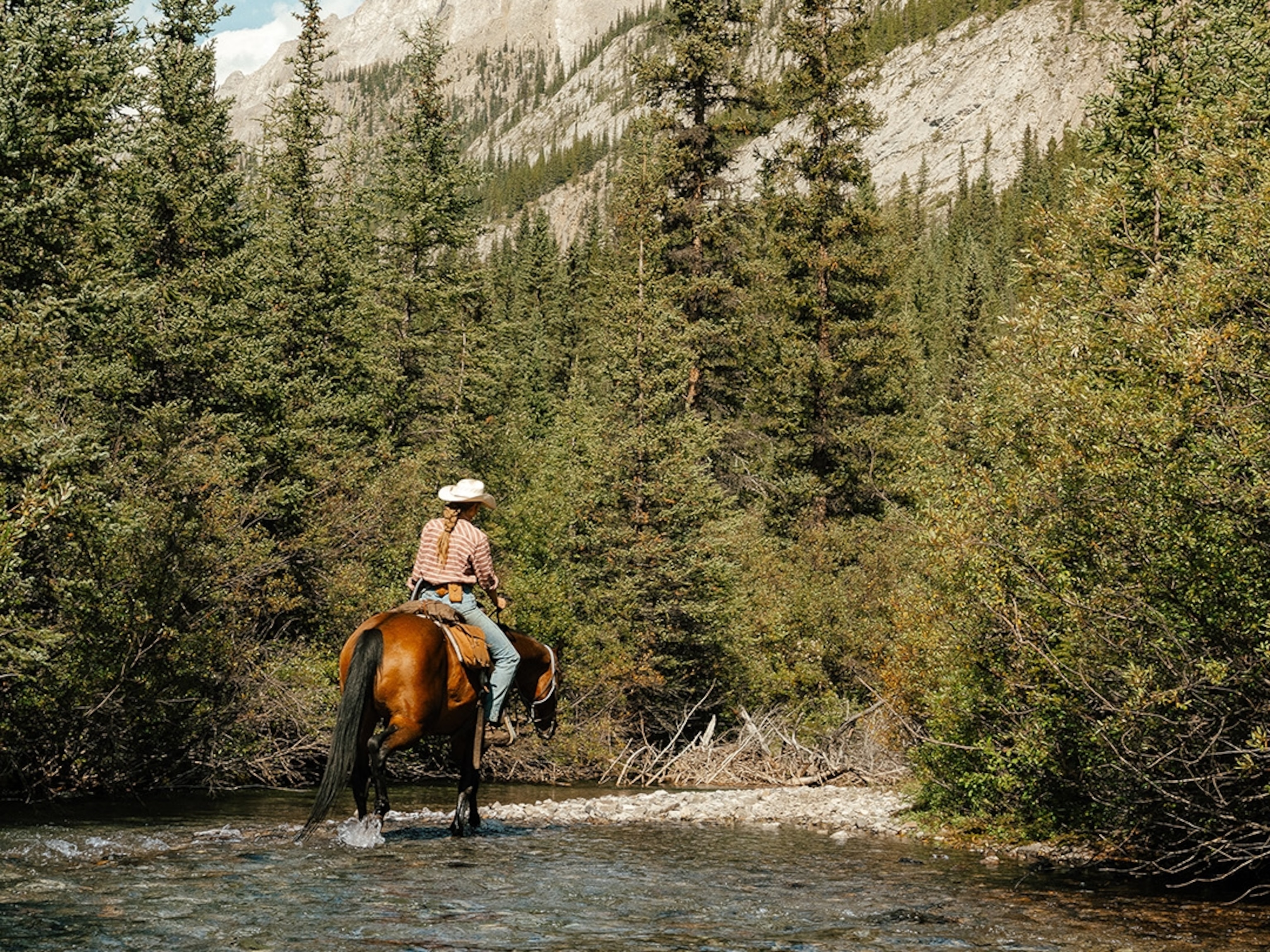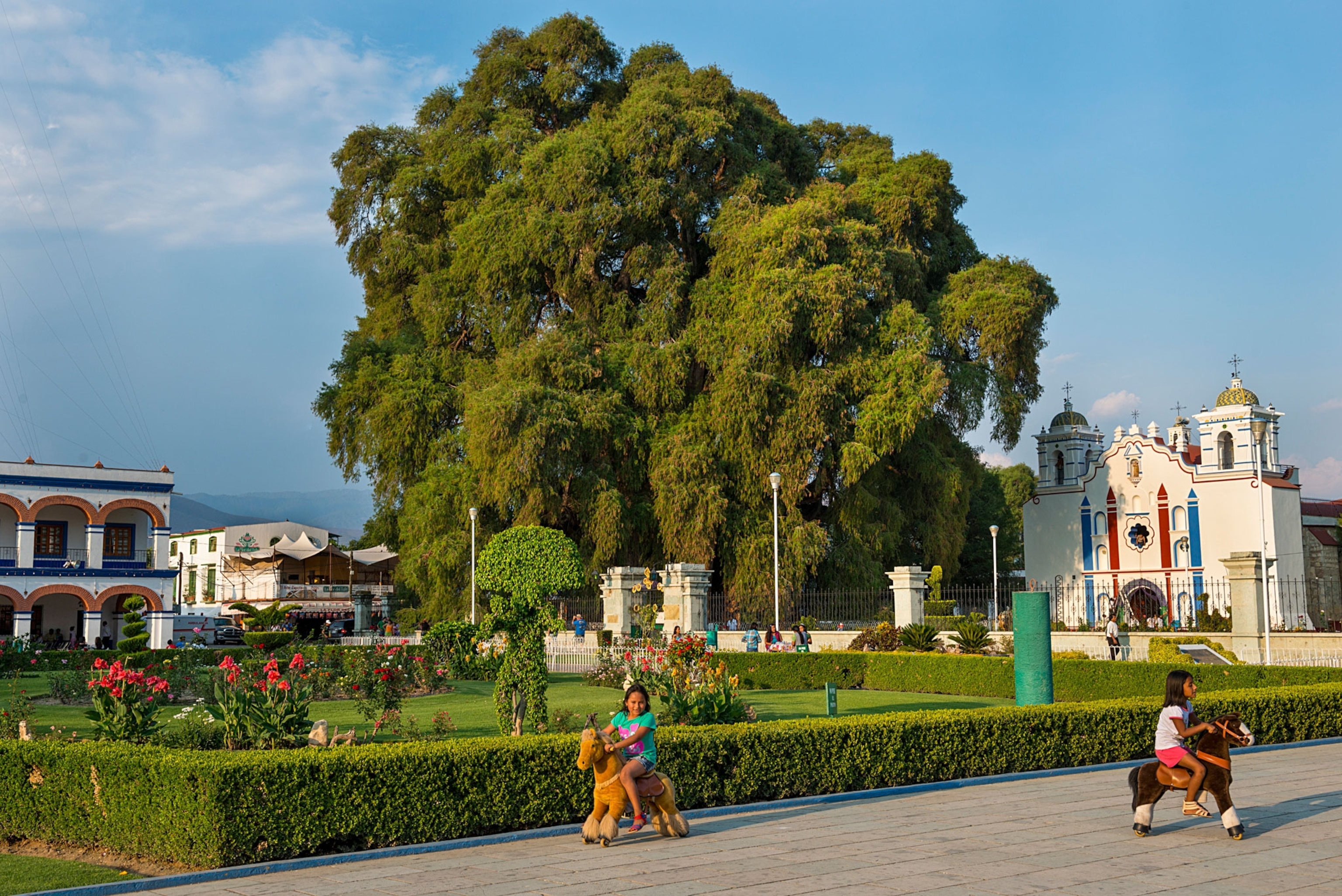
See 10 Remarkable Trees, Each With a Special Story to Tell
This year's Earth Day on April 22 celebrates trees, with the ambitious goal of planting 7.8 billion—one for every person on the planet—by 2020.
In tribute to the world’s 3.04 trillion trees, we present a gallery of exceptional examples. Some have witnessed remarkable events. Others have provided inspiration. Still others are venerated for their spiritual value. Each and every one has a special story to tell.
Though all trees have value that’s quantifiable—scientists at the University of California at Davis and the United States Forest Service, for example, calculated that New York City’s 600,000 street trees provide an annual benefit of $122 million in pollutant removal, carbon sequestration, and building energy reduction—these particular trees are, in a sense, priceless.

Friendship Trees, Yoshino Cherry, National Mall and Memorial Parks, Tidal Basin, Washington, D.C.
Eliza Ruhamah Scidmore, a writer, photographer, and editor for National Geographic in its early days, visited Japan for the first time in 1885 and was enchanted by the blooming cherry trees that edged the Sumida River in Tokyo. After returning home, she petitioned officials in Washington, D.C., to plant trees like those she’d seen in Japan in the barren areas around the Capitol. First Lady Helen Taft provided the clout to get the idea off the ground—or, rather, firmly implanted in it. On March 27, 1912, the first of 3,000 cherry trees—gifts from the Japanese government—were planted around the Tidal Basin. They bloom in spring and are the centerpiece of the annual National Cherry Blossom Festival. “The Japanese have given us their favorite,” Scidmore wrote. “Their own mountain flower, the soul of Japan.” When she died in 1928, her ashes were buried in Yokohama. A cherry tree descended from one given to Washington by Japan overlooks her grave. Its blossoms fall softly in spring and cover the ground with a carpet of pink.
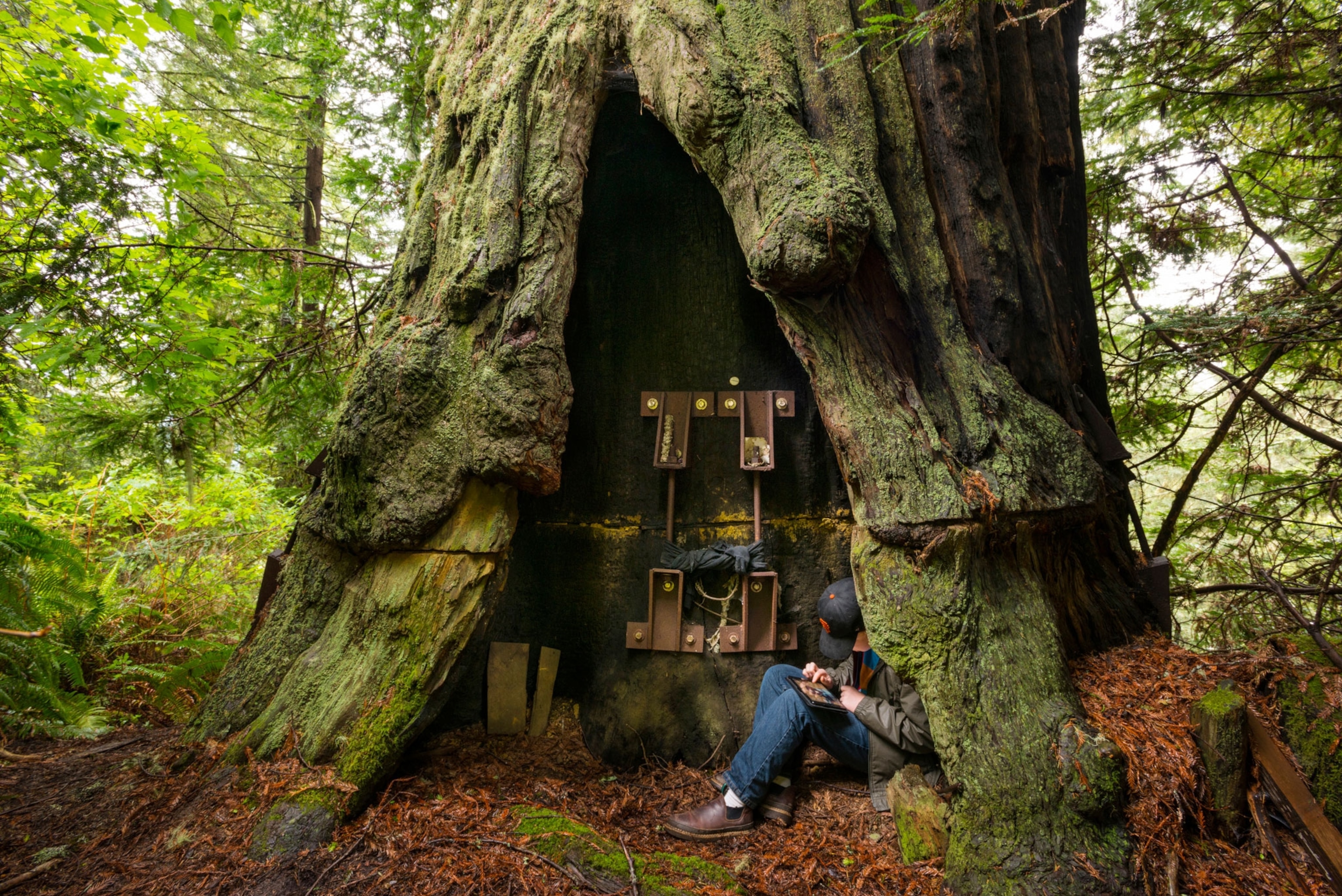
Luna, Redwood, Redwood Forest, Stafford, California
The biography of the thousand-year-old coastal redwood known as Luna in Northern California’s Humboldt County includes a chapter in which the life of the tree is conjoined with that of activist Julia Butterfly Hill. In 1997, Hill climbed the tree, threatened by logging operations of the Pacific Lumber Company, and stayed there for more than two years. She lived on a small, tented platform 180 feet above the ground, endured the wind, rain, and snows of El Niño, as well as harassment by the company, and gave interviews by solar-powered phone. Finally, the logging company agreed to a conservation easement. In 2000, the tree was the victim of vandalism and sustained a chainsaw cut that left a three-foot-deep gash halfway around the tree’s circumference. Steel brackets and cables were installed to stabilize the tree, which continues to thrive.
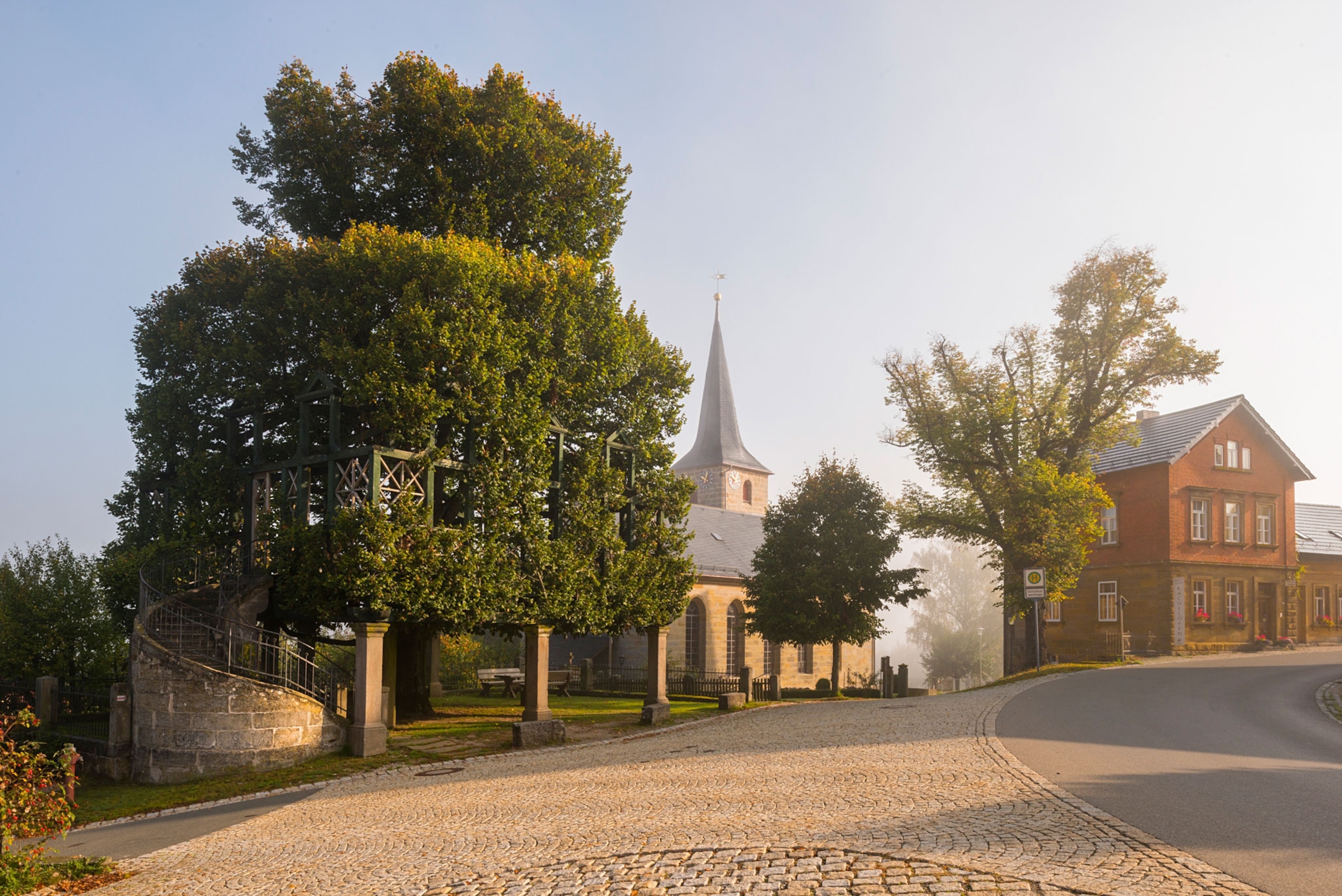
Tanzlinde, Linden, Peesten, Germany
In Germany, the linden is a tree for lovers; in Scandinavia, a favorite haunt of elves, and after dipping his madeleine in tea made from linden flowers, Marcel Proust’s protagonist, Charles Swann, fell into a remembrance of things past. In many parts of Europe, it was believed that only the truth could be spoken under its branches, and so judicial hearings were held under its aegis. The Tanzlinde—or "dance linden"— in Peesten, Germany, is a centerpiece of social life, where festivals and dances are held. The original tree was planted in the late-16th century, replaced because of disease in 1951, and the dance platform, supported by the tree, rebuilt in 2001.
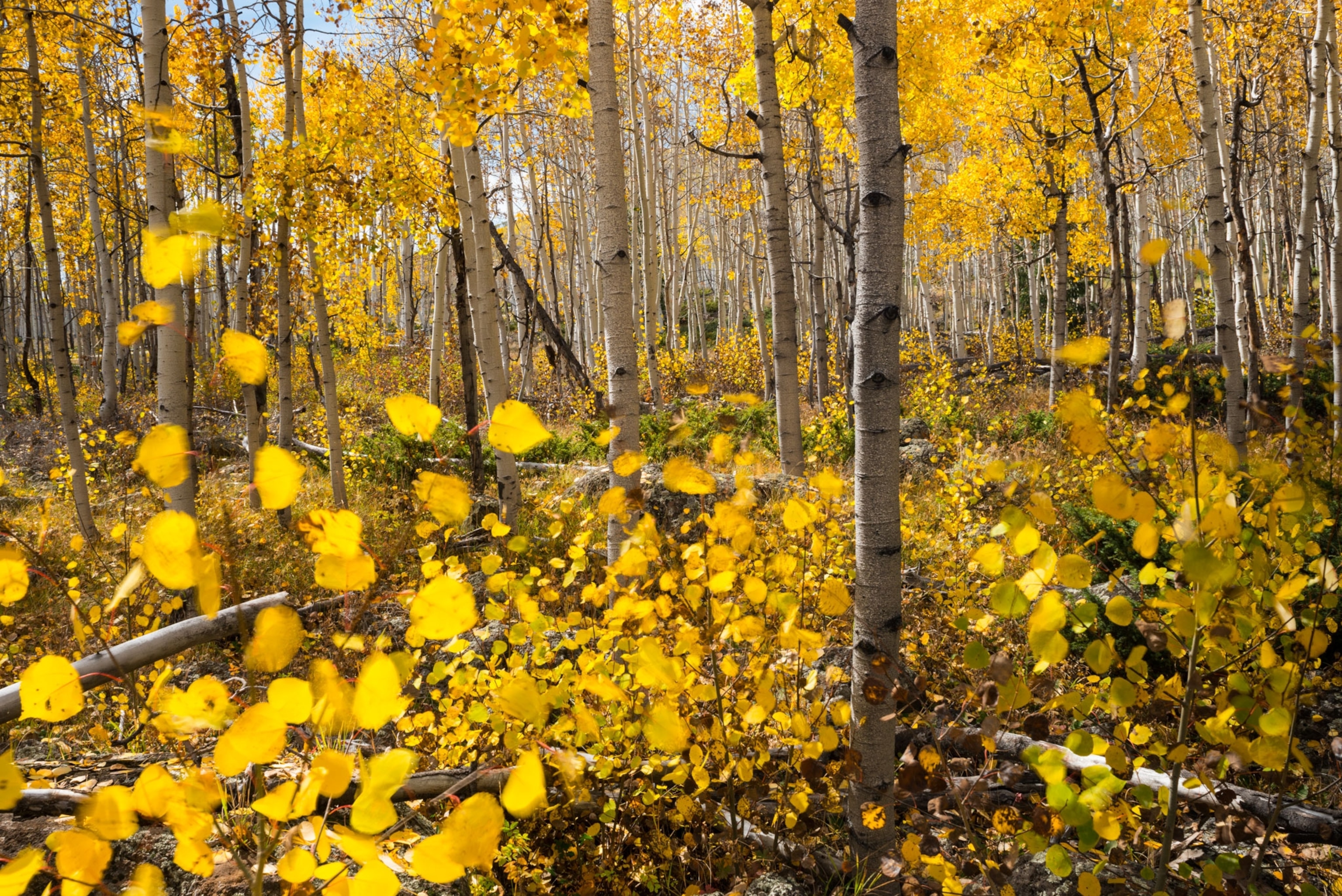
Pando, Quaking Aspen, Fish Lake National Forest, Utah
Though it sounds like the creation of a sci-fi writer, the Pando clone, made up of 47,000 tree trunks, covering 106 acres, and weighing in excess of 13 million pounds, is actually a single organism—a quaking aspen. The clone starts as a single seed and spreads (pando is Latin for “I spread”) by sending up shoots from its expanding root system. Each trunk is genetically identical. This aspen, known as the Trembling Giant, growing in Fish Lake Basin just south of Utah’s Wasach Mountains, is perhaps the heaviest organism on the planet, and may be among the oldest as well.
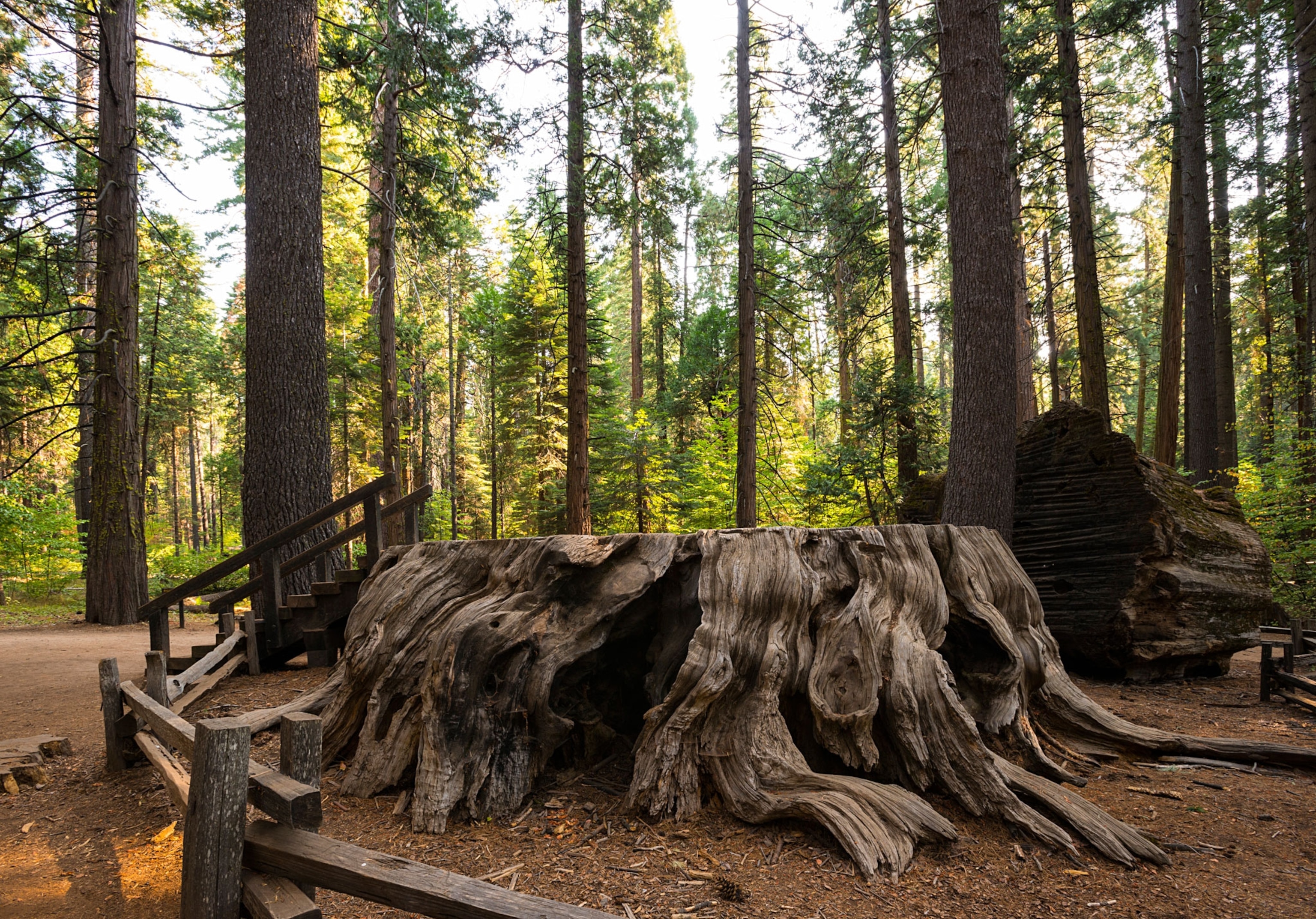
Discovery Tree, Sequoia, Calaveras Big Trees State Park, California
“When a tree is cut down, and reveals its naked death-wound to the sun, one can read its whole history in the luminous, inscribed disk of its trunk … its scars, all the struggle, all the suffering, all the sickness,” wrote the German author Herman Hesse, an apt epitaph for the sequoia known as the Discovery Tree in Calaveras Big Trees State Park in Northern California. In 1852, a hunter chasing a wounded bear near one of the mining camps that mushroomed during the gold rush stumbled on a tree more than 280 feet tall. The find sparked a “green rush,” as speculators swooped in to commercialize the discovery. They stripped the bark and sent it to be exhibited in San Francisco and New York. A year later, the sequoia itself was cut down. The stump was used as a platform for tea dances. The felled trunk became a bowling alley. As historian Simon Schama wrote, the tree, like others, became “a trophy to be skinned, mounted and displayed for bragging and cash.” Ensuing public outrage prompted conservation laws like the 1864 Yosemite Grant Act, which ultimately led to the creation of Yosemite National Park.

Walt Whitman Civil War Witness Trees, Catalpa, Fredericksburg and Spotsylvania National Military Park, Fredericksburg, Virginia
In December 1862, after seeing his brother’s name on a list of the wounded at Fredericksburg, Virginia, Walt Whitman rushed from his home in Brooklyn to search hospitals near the site of one of the Civil War’s deadliest battles, and confronted the ghastly reality of war. At Chatham Manor, a makeshift field hospital, he saw amputated arms and legs tossed out of a window into a growing pile under two catalpa trees. His brother, who had only suffered a slight facial wound, wasn’t there, but Whitman stayed the rest of the month dressing soldiers’ wounds and reading and writing letters for them. Afterward, he went to Washington and tended the wounded there. He scribbled his thoughts on scraps of paper stained by blood. His impressions, published in a book of verse in 1865, took form in his tender, compassionate, and unflinching poem, “The Wound-Dresser.”
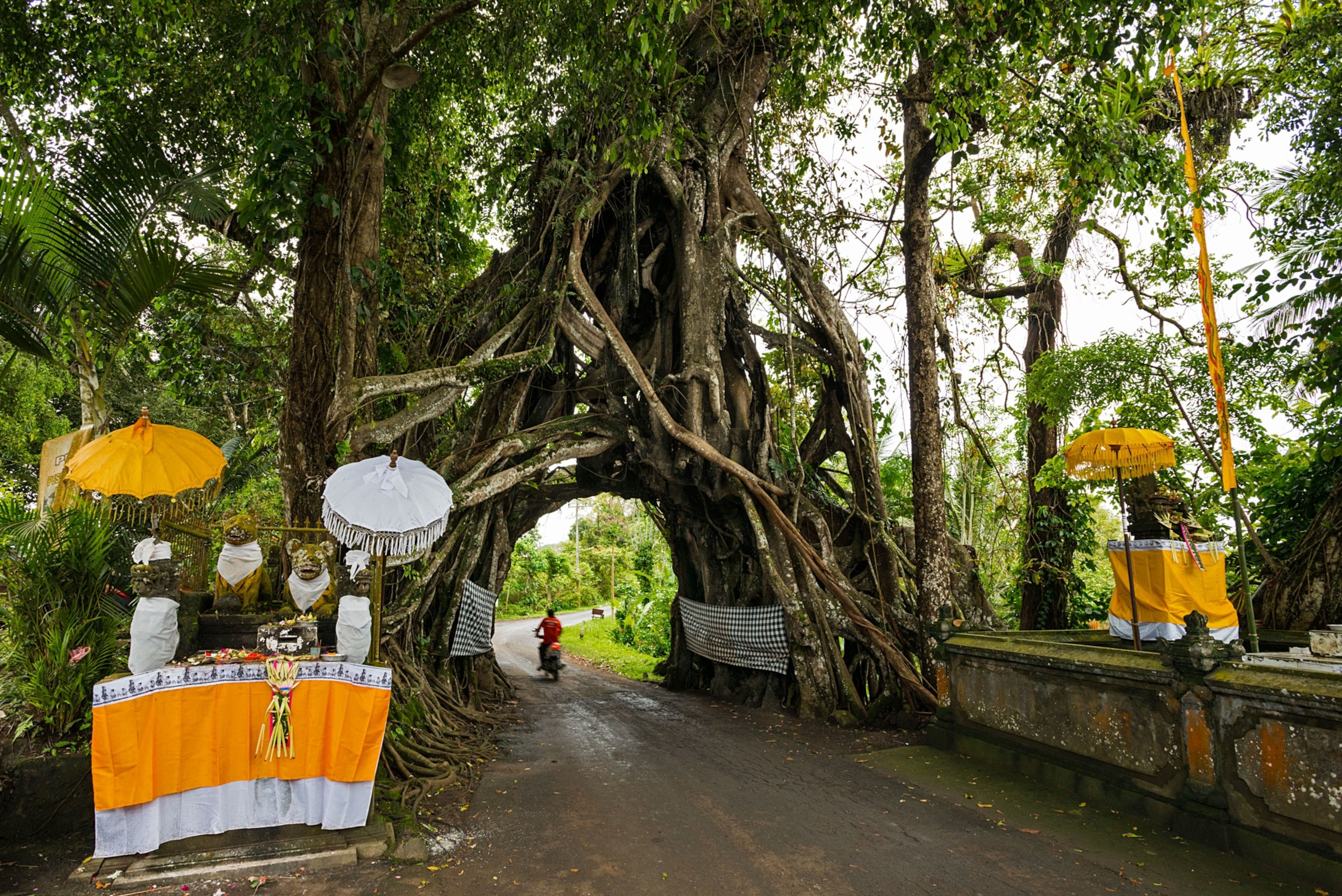
Bunut Bolong, Banyan, Asahduren Village, Bali, Indonesia
The banyan tree is one of the most venerated trees in Asia. In Hindu mythology, it is the tree that fulfills wishes. The Bodhi tree, which Buddha sat under for seven days to attain enlightenment, was also a type of banyan. This example, known as the Bonut Bolong, grows on a steep hillside in Bali, Indonesia. When construction of a road became necessary, engineers determined the topography made building around the tree impossible. Since a sacred tree would never be cut, the road was built through the middle of its aerial roots. It remains a site of active worship.
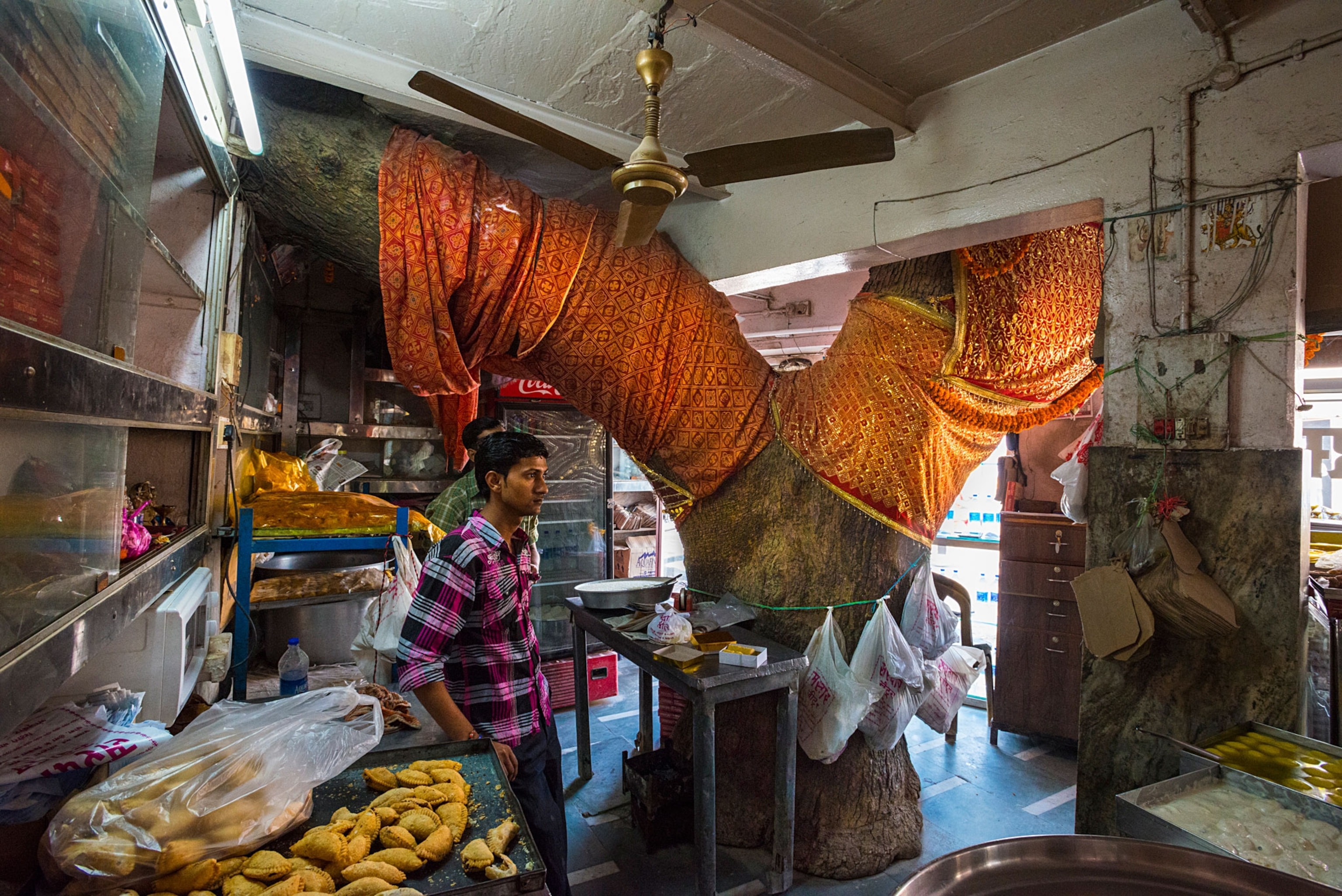
Sacred Tree Shrine, Neem, Sardar Sweet Shop, Bhojubeer District, Varanasi, Uttar Pradesh, India
It began with a cart that sold sweets parked in Varanasi under a Neem tree—a species sacred in India. Each day, Deepak Tadaw and his family would worship the tree, and each day, business incrementally improved. Because a Hindu would never chop down a Neem tree, which is the embodiment of Shitala, the goddess of good fortune, the family built their sweet shop around the tree.
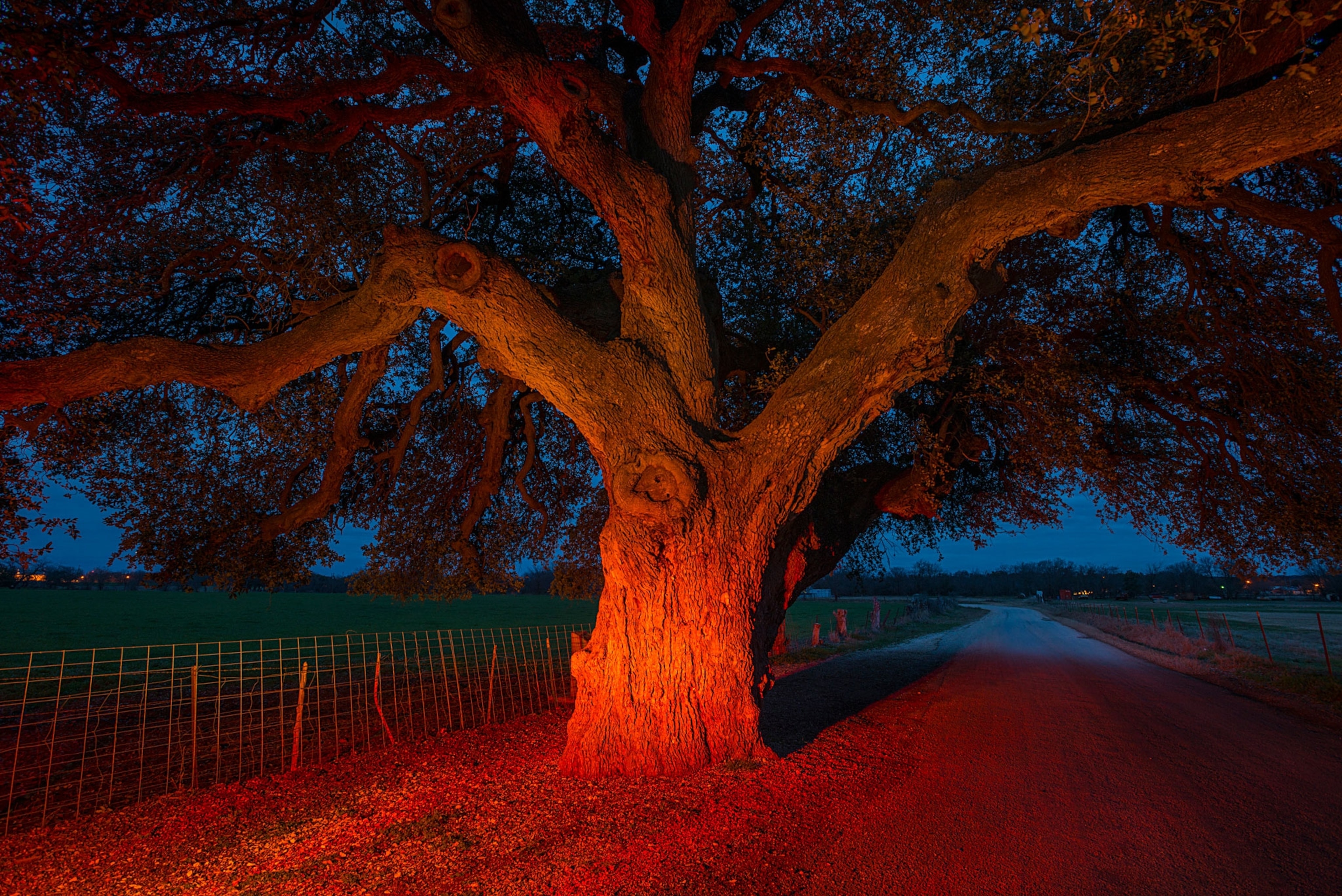
Wedding Oak, Live Oak, San Saba, Texas
The romantic lore of the tree just outside the town of San Saba, Texas, known as the Wedding Oak, began, it is said, with Native Americans who held meetings, ceremonies, and weddings under its shade, but the association of trees with love began long before. In Greek mythology, Orpheus, who reclaimed his dearest Eurydice from the underworld, played her a love song on his lyre, causing an elm grove to grow on the spot. German lore averred that two trees planted in front of the house of a newly married couple assured happiness and a locust, according to the Victorians, was symbolic of love beyond the grave.
Follow Cathy Newman on Twitter.
